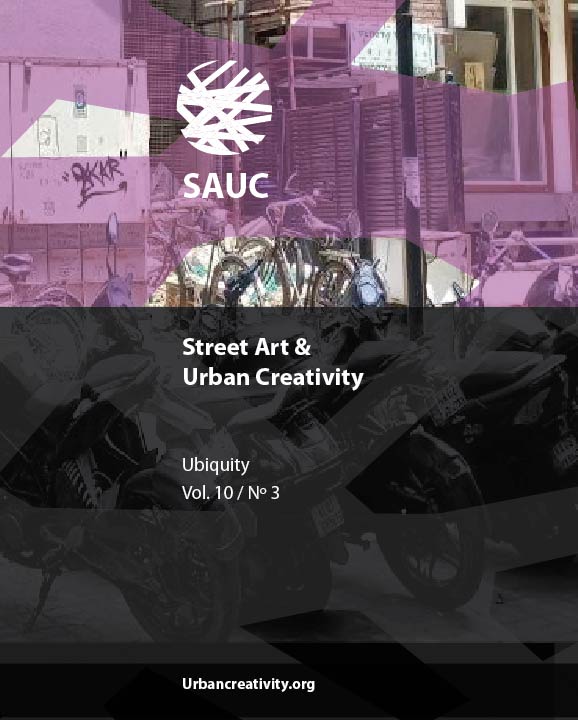Pedestrian-Oriented Urban Space with emphasis on Sabzeh-e-Meidan Pattern
DOI:
https://doi.org/10.25765/sauc.v10i3.795Keywords:
Sabzeh-e-Meidan, Urban Square, Sustainable, Urban Space, Pedestrian.Abstract
With the arrival of cars in cities, urban spaces, especially squares, have become a space for cars to dominate and the square has become a square. Loss of squares with the dominance and circular passage of cars through the square, the middle island has become an inaccessible space for pedestrians, and plans and plans to rehabilitate and organize the squares are often on the sidewalk of the square. They have not gone anywhere. In the meantime, the green field is a space that the street passes by and has advantages in pedestrianization compared to the common squares. Therefore, with the above problem, the purpose of this study is to identify the green field as a suitable model for creating urban pedestrian nodes. This article deals with the recognition of field green by descriptive-analytical, comparative and case studies. The results of this study show that the pattern of the green field as the street passes by it, the safety and security of pedestrians; it can be used in different scales of city, village and neighborhood. The knowledge and analysis of the green field shows that this type of field with connection from at least one side to the building blocks includes important religious, commercial, administrative-government buildings, etc. and has various species in the form-shape dimensions. Accessibility is the presence of natural elements, scale and urban / neighborhood function. This type of field with flexibility in body, use and size can meet the diverse needs of riders and infantry. Relying on the dominant building or complex of buildings, Sabzeh-e-Maidan will act as a public front and pre-space and provide a successful, desirable and memorable urban space for the citizens. Recognition of the green field shows that this type of field can be used as a flexible model in different scales, in different functions in creating public pedestrian urban spaces.
Downloads
Global Statistics ℹ️
|
249
Views
|
72
Downloads
|
|
321
Total
|
|
Downloads
Published
How to Cite
Issue
Section
License
Those authors who publish in this journal accept the following terms:
-
Authors retain copyright.
-
Authors transfer to the journal the right of first publication. The journal also owns the publishing rights.
-
All published contents are governed by an Attribution-NoDerivatives 4.0 International License.
Access the informative version and legal text of the license. By virtue of this, third parties are allowed to use what is published as long as they mention the authorship of the work and the first publication in this journal. If you transform the material, you may not distribute the modified work. -
Authors may make other independent and additional contractual arrangements for non-exclusive distribution of the version of the article published in this journal (e.g., inclusion in an institutional repository or publication in a book) as long as they clearly indicate that the work was first published in this journal.
- Authors are allowed and recommended to publish their work on the Internet (for example on institutional and personal websites), following the publication of, and referencing the journal, as this could lead to constructive exchanges and a more extensive and quick circulation of published works (see The Effect of Open Access).













